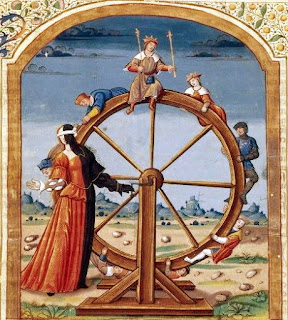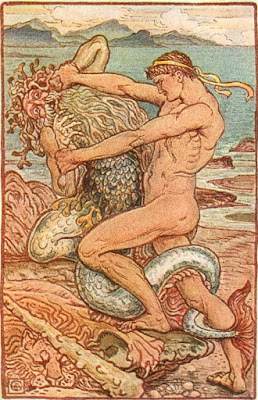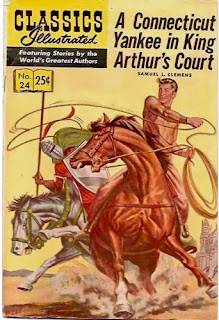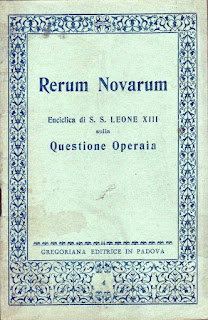The Story God is Telling at the Present Time

AFTER A YEAR OR TWO of particularly alarming and distressing events in the world and the Church, many of us have begun to think of the present day as something like the End of the World (at least, "the world as we know it") and to wonder if things will ever get better instead of continuing to get steadily, and ever more rapidly, worse. Some even claim that we are in the End Times and look forward eagerly to the Second Coming of Christ, so that we can all be put out of our misery and admitted into the paradise of Eternity. Plenty of other people pooh-pooh this apocalyptic fervor and point out that there have been many previous periods of Very Bad Things Happening, and yet the world did not end but continued to totter on -- why should our own age be any different? In between these two views stands the great mass of humanity alive today, bewildered, distressed, but trying to get on with their lives as best they can, much as they have always done. In the pagan worldview, even t











